English
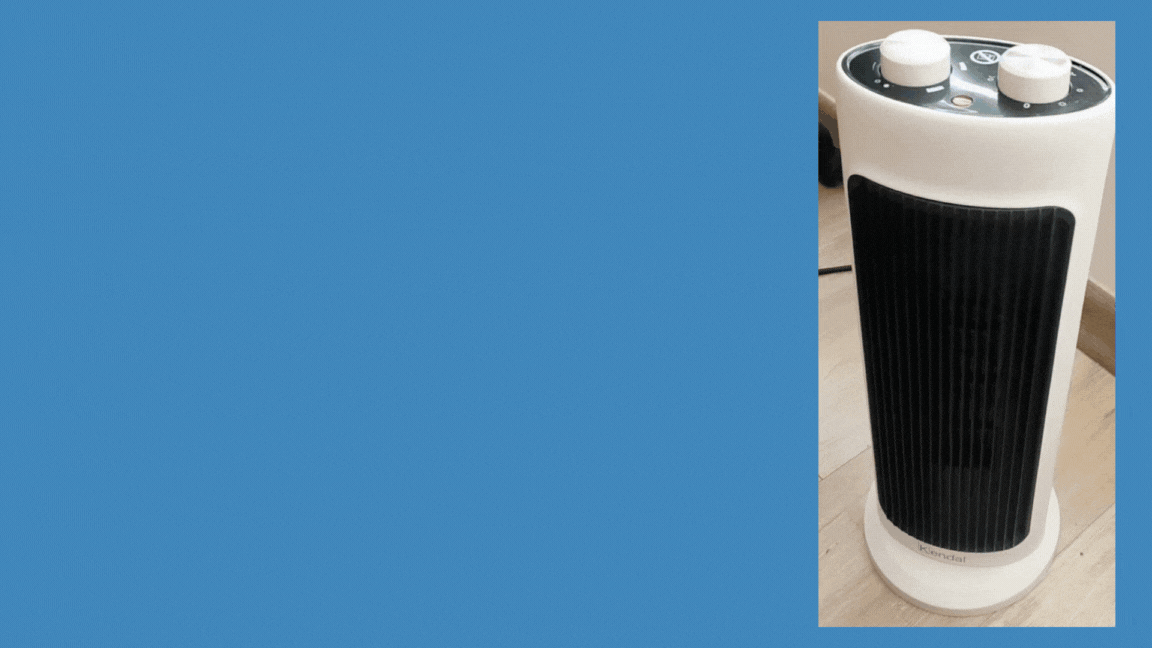
Hello to all Hive friends in this great community of @home.solutions I hope you are very well.
As promised, and having verified its operation for several days now, I come to tell you how I repaired the portable heater in the house.
About 12 days ago and by carelessness I tripped over the heater of the house. It is a portable heater, tower type and because it was badly placed I got my foot entangled with the cable, it fell sideways and hit the floor and turned off. At that moment I noticed that it has a system that turns it off automatically. When I turned it back on I could tell it was moving backwards little by little instead of staying in a fixed place. It comes with a fan function but when I removed that function it still moved backwards and produced a very loud noise due to the vibration of the whole structure.
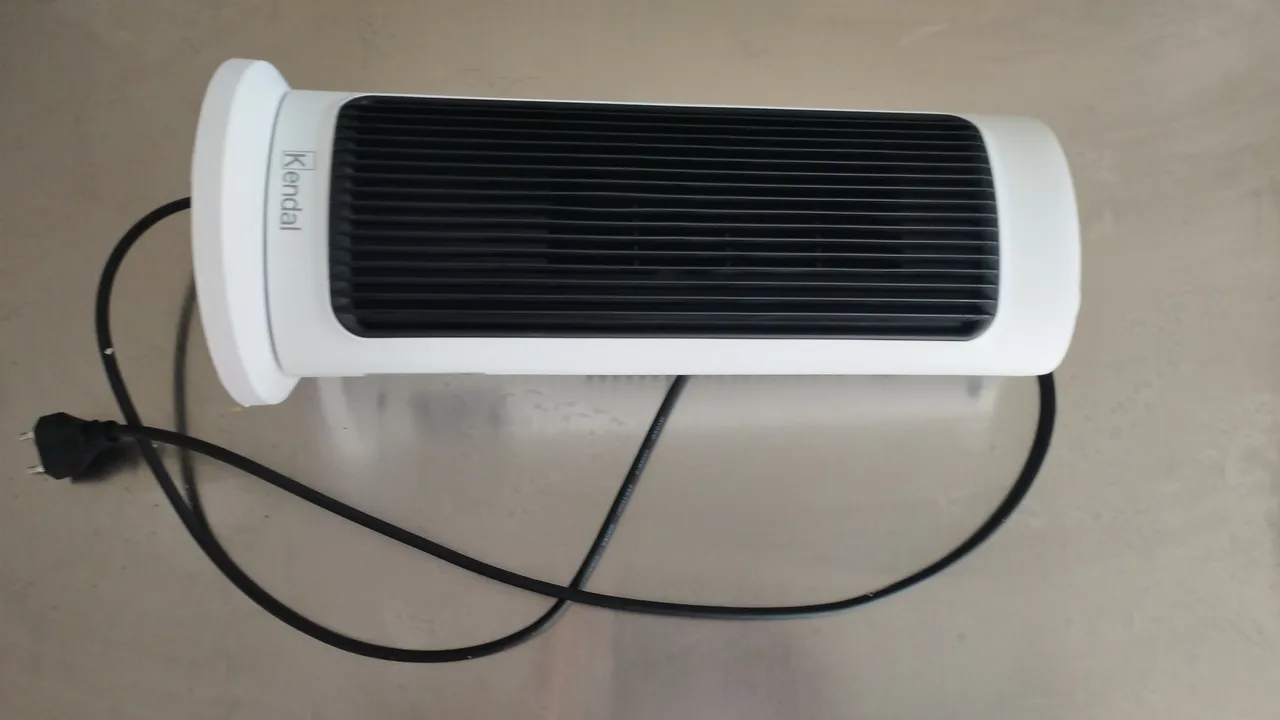
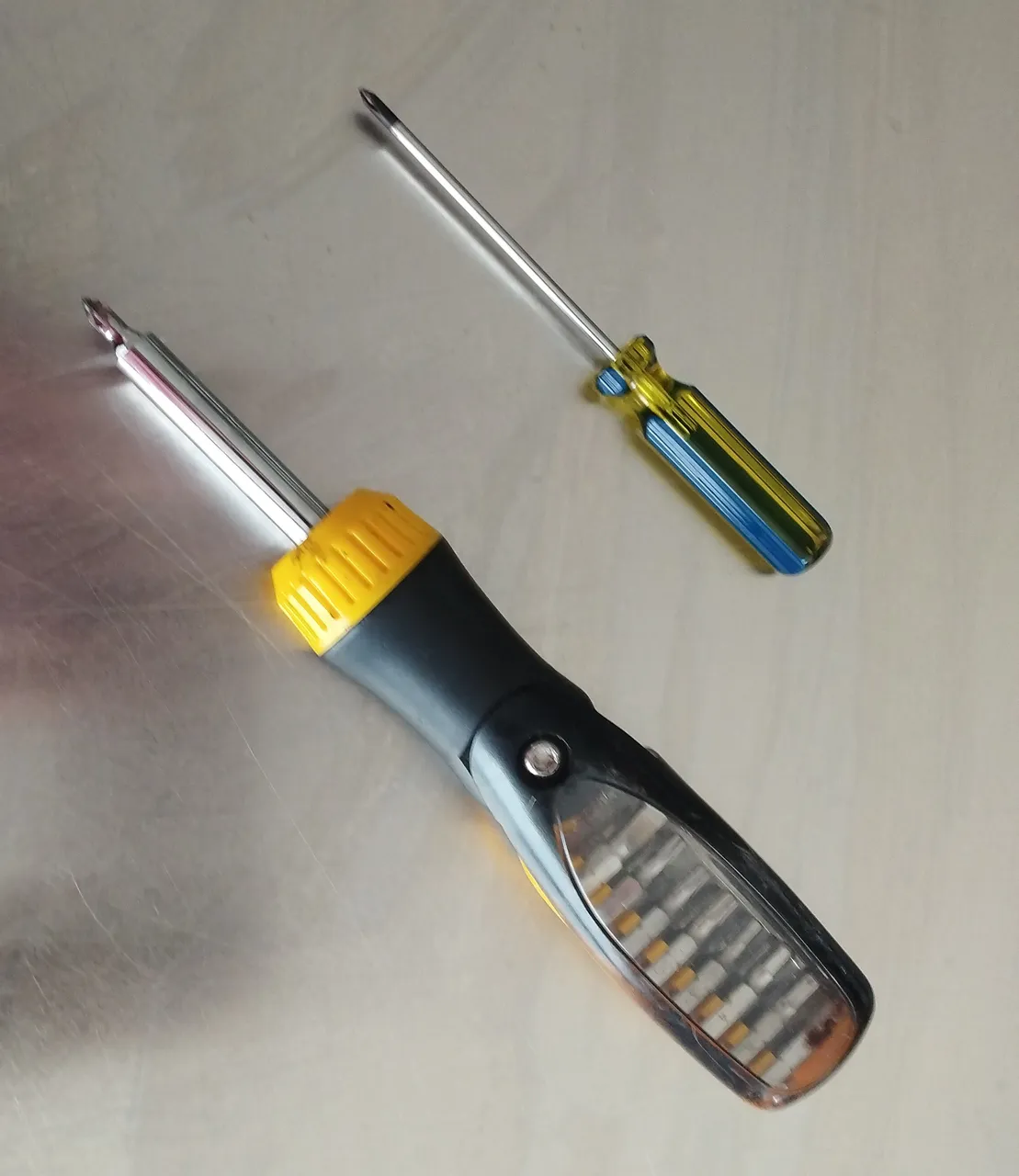
Since winter came early and nobody likes to be cold in this house, I started to repair it the next day. When I uncovered it I noticed that two of the fan blades that push the heat were broken so I deduced that it was the imbalance that caused the fan to rotate and the force produced the movement.

Since the blades are made of plastic, I decided to use “La Gotita” so that this product could recover its good reputation since last time it did not work for me. I applied a little of this glue on the parts that had broken to join them, trying to leave them still so that they would be well together. With the first blade that I glued apparently everything worked, in fact I was very surprised at how well this glue worked. With the second one I had problems and it was a little out of its original position and when I tried the heater I felt the blades hit something that I didn't know exactly what it was.

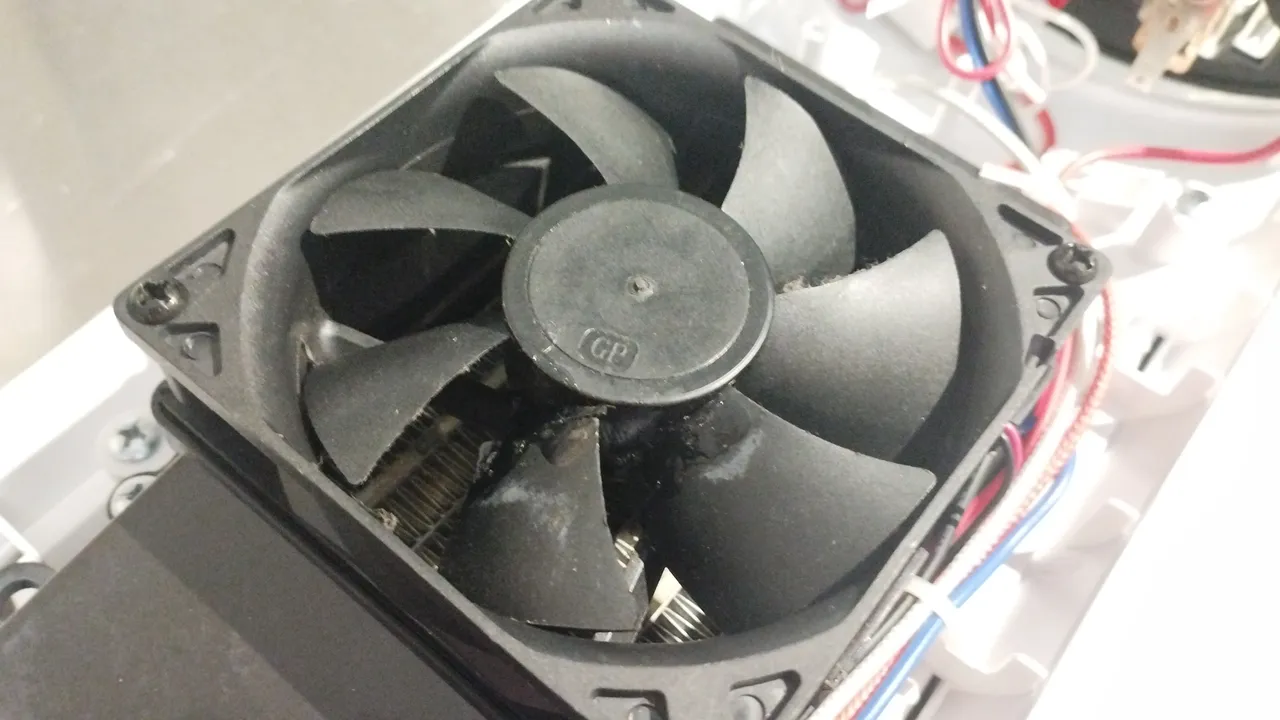
Then I decided to heat the blade of a cardboard cutter to cut the blades a little so that they would not collide with the plastic structure of the heater. I had to do this process several times because I didn't know exactly where the blades hit, but finally I cut on both sides of them to make sure.
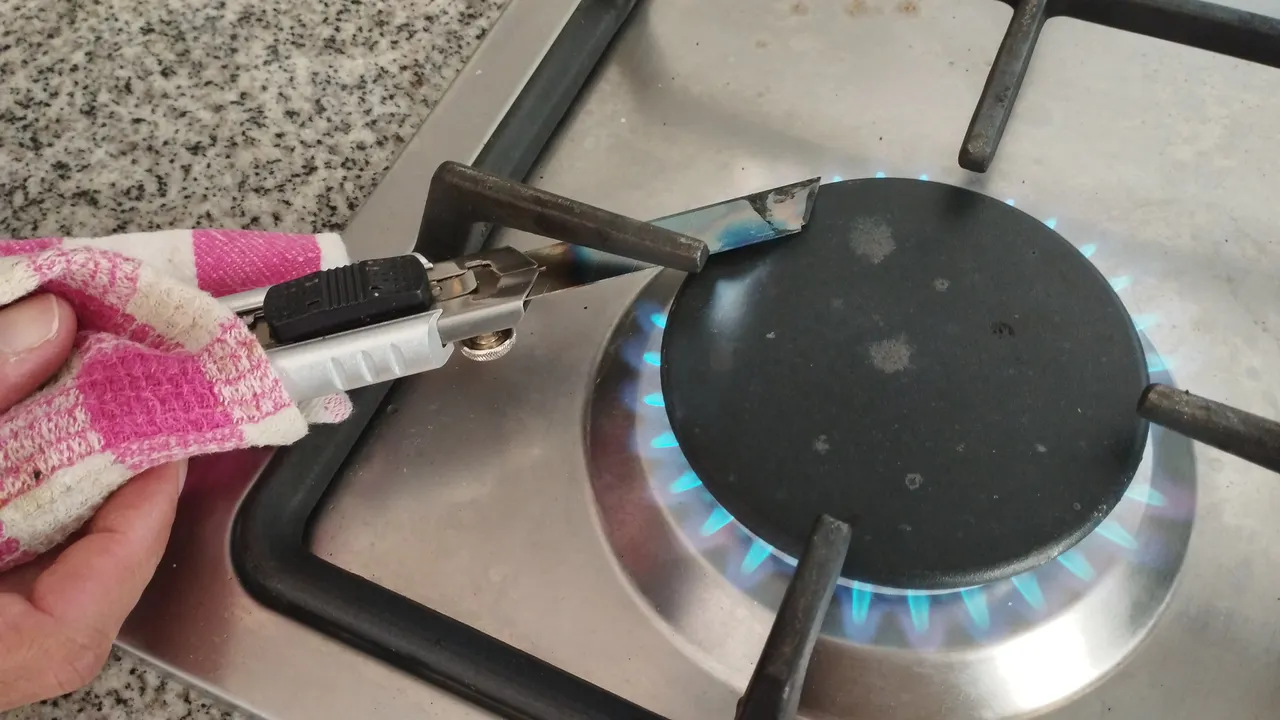
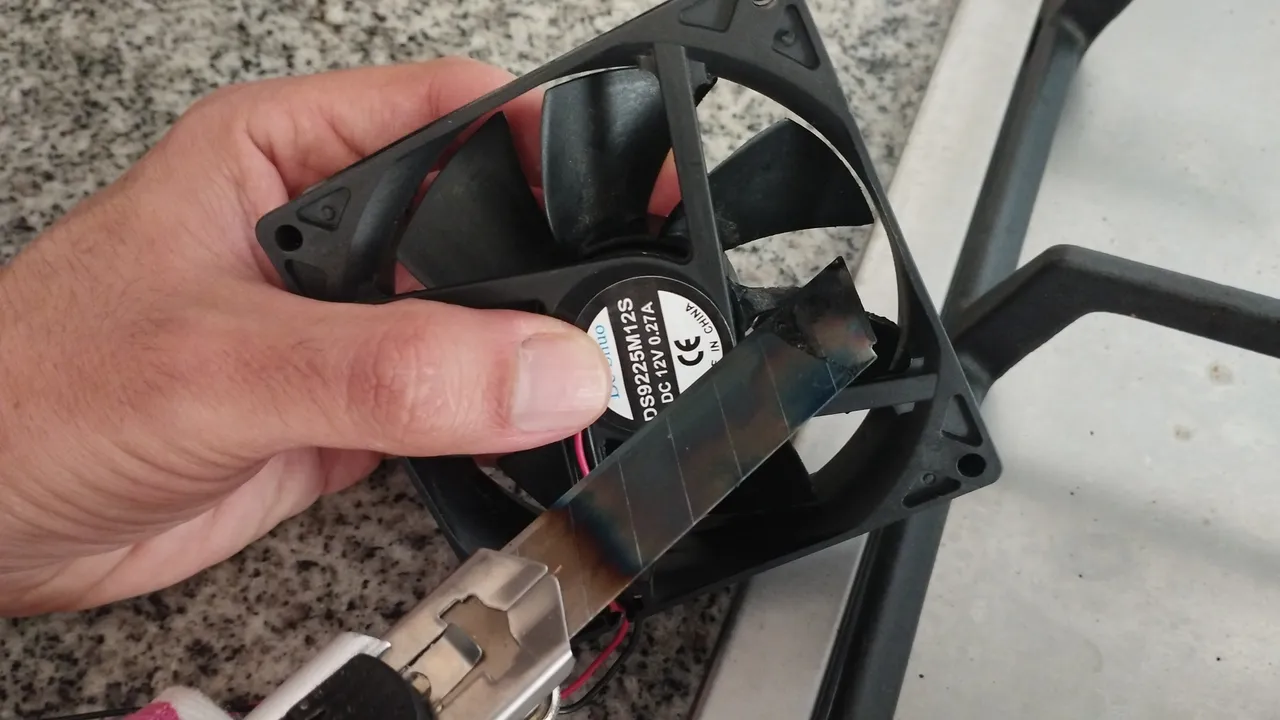
The heater now works perfectly, as if it were new and we have not been cold in this autumn that sometimes seems like winter. This heater is very good, we never use it at more than 35% of its capacity and despite having little power it is perfectly capable of heating the entire apartment by itself, besides sometimes it is used to make the fondant figures of @zupasteleria dry faster especially in times of high humidity.
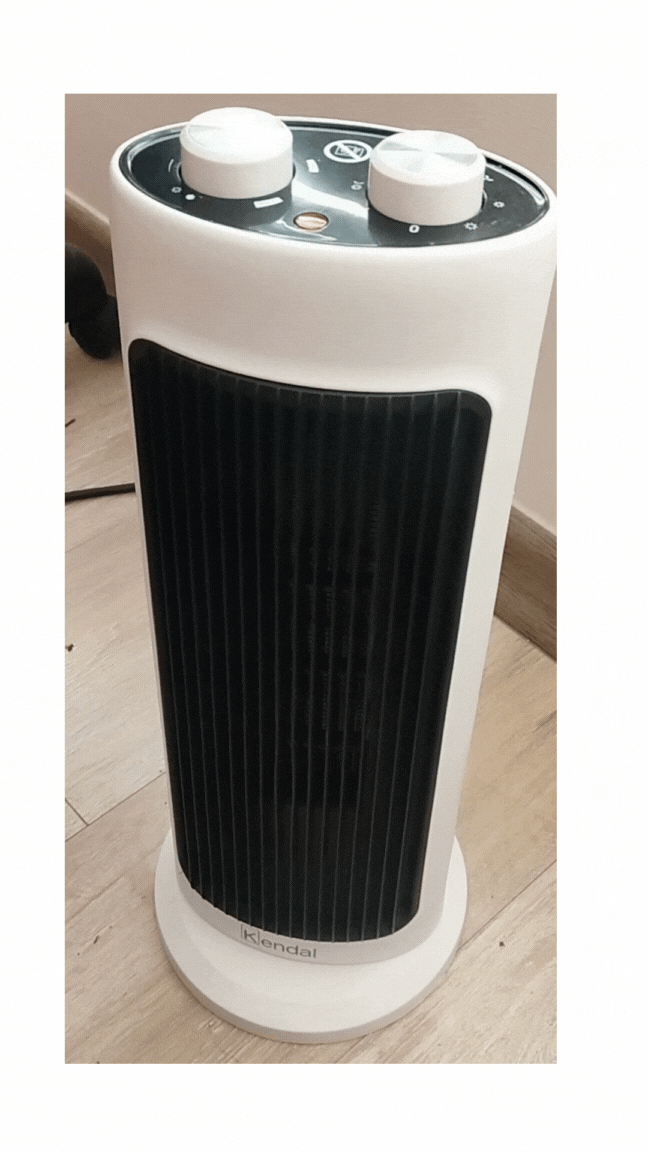
Thank you very much for reading, leave a comment and a like if you learned something good from this experience, share this publication so that others can also learn a little and leave their comments. See you soon and take care of yourselves.
All photos were taken and edited with my Xiaomi RedMi 11 cell phone.
Resources used translator DeepL and Canva.

Español

Hola a todos amigos de Hive en esta gran comunidad de @home.solutions espero estén muy bien.
Como lo prometido es deuda y habiendo verificado su funcionamiento desde hace ya varios días, vengo a contarles como reparé el calefactor portátil de la casa.
Hace unos 12 días y por descuido me tropecé con el calefactor de la casa. Es un calefactor portátil, de tipo torre y por estar mal ubicado me enredé el pie con el cable, cayó de lado y se golpeó contra el piso y se apagó. En ese momento noté que tiene un sistema que lo apaga automáticamente. Al encenderlo nuevamente pude darme cuenta que se movía hacia atrás poco a poco en vez de quedarse en un lugar fijo. El viene con una función de ventilador pero al quitar esa función de igual forma se movía hacia atrás y producía un ruido muy fuerte por la vibración de toda la estructura.


Debido a que el invierno se adelantó y en esta casa a nadie le gusta pasar frío me puse a repararlo al otro día. Al destaparlo me di cuenta que dos de las aspas del ventilador que empujan el calor estaban rotas así que deduje que era el desbalance lo que hacía que al rotar el ventilador la fuerza produjera el movimiento.

Como las aspas son de plástico decidí usar “La Gotita” para que este producto pudiera recuperar su buena reputación pues la vez pasada no me sirvió. Apliqué un poco de este pegamento en las partes que se habían quebrado para unirlas procurando dejarlas quietas para que quedaran bien juntas. Con la primera aspa que pegué aparentemente todo funcionó, de hecho quedé muy sorprendido de lo bien que funcionó este pegamento. Con la segunda tuve problemas y me quedó un tanto fuera de su posición original y al probar el calefactor sentí como las aspas golpeaban algo que no sabía exactamente que era.


Entonces decidí calentar la hojilla de un cartonero para cortar un poco las aspas para que no chocara con la estructura de plástico del calefactor. Este proceso tuve que hacerlo varias veces porque no sabía exactamente en donde chocaban las aspas pero finalmente corté en ambos lados de ellas para asegurarme.


El calefactor ahora funciona perfectamente, como si fuera nuevo y no hemos pasado frío en este otoño que a veces parece invierno. Este calefactor es muy bueno, nunca lo usamos a más del 35% de su capacidad y a pesar de tener poca potencia es perfectamente capaz de calentar todo el departamento por sí solo, aparte a veces se usa para que las figuras de fondant de @zupasteleria se sequen más rápido sobre todo en momentos de mucha humedad.

Muchas gracias por leer, deja tu comentario y un me gusta si aprendiste algo bueno de esta experiencia, comparte esta publicación para que otros también aprendan un poco y puedan dejar sus comentarios. Hasta pronto y cuídense mucho.
Todas las fotos fueron tomadas y editadas con mi celular Xiaomi RedMi 11.
Recursos usados traductor DeepL y Canva.